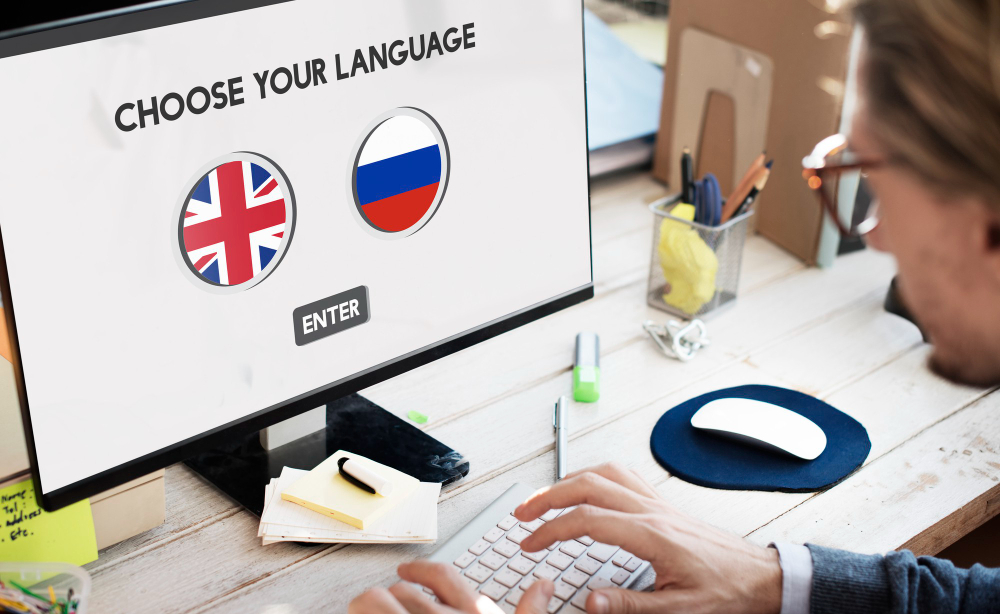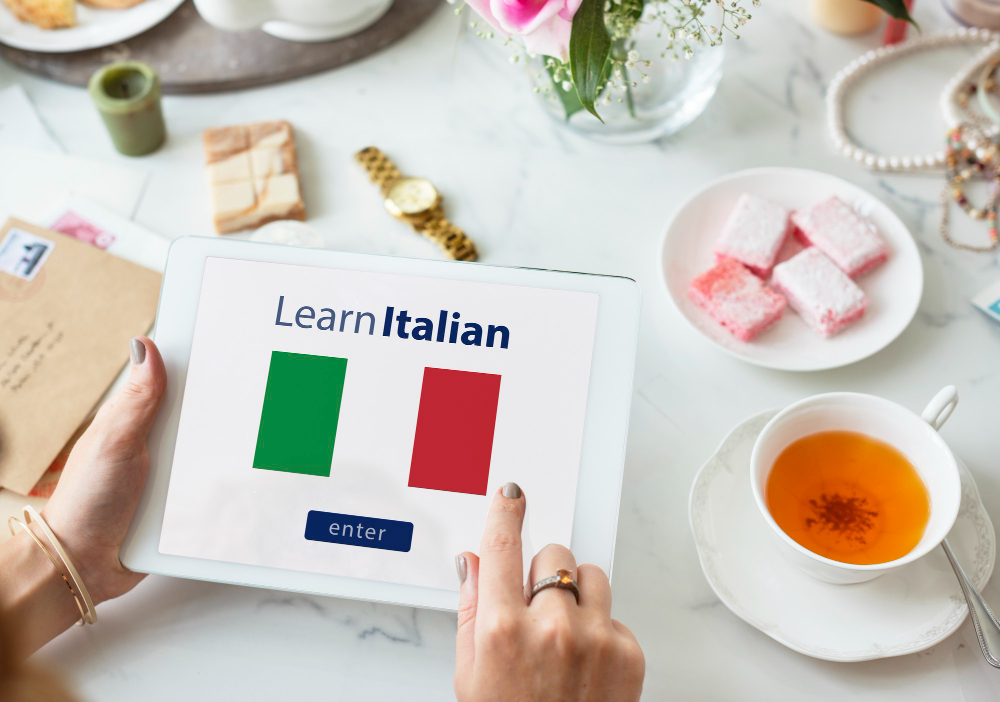SDH Subtitles: Why smart creators are making them non-negotiable
Jun 20, 2025, Nishi SinghIf you’re producing for a streaming platform, dropping content on YouTube, or building a brand on Instagram, chances are you're already thinking about Reach. But how accessible is your content, really?
Subtitles have long helped global audiences understand dialogue; especially when it’s in a language the audience doesn't know. But there’s a format that goes several steps further: SDH, or Subtitles for the Deaf and Hard of Hearing. And if you’re serious about scale, inclusivity, and compliance, SDH isn’t just a nice-to-have. It’s essential.
Let’s break down what SDH really means; and why creators and studios are increasingly adding it to their captioning checklist.
What is SDH?
SDH isn't just another version of Translation. It's built to serve a broader spectrum of viewers (including those who are deaf or hard of hearing), by capturing not just what is said, but how it sounds.
Think:
- [Melancholy music playing]
- [Door creaks open]
- [Emma, whispering]: “We shouldn’t be here.”
This level of detail helps everyone follow the story more closely, whether or not they can hear the audio.
And for creators, this isn’t just about doing the right thing. Instead, it’s about improving viewer retention, reducing bounce rates and expanding content usability across devices and environments (eg. viewers in loud gyms or silent workspaces).
Here’s where SDH makes a difference, that traditional subtitles don’t:
-
Audio Descriptions: Captures ambient sounds, emotional tones, and scene-setting audio.
-
Speaker Identification: Essential when multiple characters speak off-screen or overlap.
-
Sound Effects & Music Cues: Not just dialogue; also covering background laughter, silence, suspenseful music, and more.
-
Intelligent Placement: Text placement adjusts to avoid visual clutter and clearly link lines to speakers.
-
Multilingual Support: Easily translatable for global distribution without losing context.
Why SDH matters to Content Producers in Media & Entertainment
Accessibility isn't just a legal requirement in many markets; it’s a creative and commercial advantage. With over 430 million people globally experiencing disabling hearing loss (WHO, 2023), SDH subtitles are your bridge to a wider audience.
Furthermore, SDH benefits extend beyond accessibility:
-
Boost SEO & discovery: Subtitled videos perform better in search and recommendation algorithms.
-
Support for language learners: Richer context helps non-native speakers follow and learn more intuitively.
-
Improved viewing in silent mode: 85% of Facebook videos are watched on mute. The trend is similar across TikTok, Instagram, and YouTube.
-
Insurance against Tech fails: Bad audio, broken headphones, poor acoustics? SDH keeps the viewer engaged regardless.
Major players like Netflix, Prime Video, and Disney+ all offer SDH as a standard. Why? Because they know viewer experience is king; and silence, inaccessibility or confusion kills engagement. The same goes for indie filmmakers, OTT studios and digital creators. If your story hinges on a twist in tone or a subtle sound cue, you don’t want your viewer to miss it because they couldn’t hear it.
SDH subtitling done right
Adding SDH subtitles isn’t just a matter of hitting “auto-caption.” Poorly timed or cluttered subtitles can distract more than they help. The best SDH subtitles are:
-
Synchronized precisely with the rhythm of the scene
-
Thoughtful, offering sound descriptions without overwhelming the viewer
-
Formatted for clarity, including consistent punctuation, positioning, and speaker labels
-
Human-checked, because automated tools often miss nuance (especially with sound effects or off-screen voices)
Takeaway : SDH isn’t just for Accessibility...it augments Impact
Great storytelling doesn’t rely solely on visuals or dialogue. Instead, it lives in the atmosphere built on-screen, the tension in pauses and silences, the emotions in a sigh. SDH preserves all of that; so your story lands, fully intact, for every viewer. As content creators, producers and storytellers, we spend hours perfecting color grades, transitions, beats, and punchlines. Why let all of that get lost in translation... or silence?
Need Help With SDH Subtitling?
At myTranscriptionPlace, we work with streaming platforms, indie filmmakers, YouTubers, and branded content teams to create high-quality SDH subtitles, designed for impact and inclusivity. Whether you're working on scripted dramas, docu-series, interviews or UGC shorts; we’ll make sure every cue, whisper and mood makes it to your audience with clarity. From tightly timed reels to long-format documentaries, our human+tech approach ensures every cue is clear, consistent, and audience-ready.






